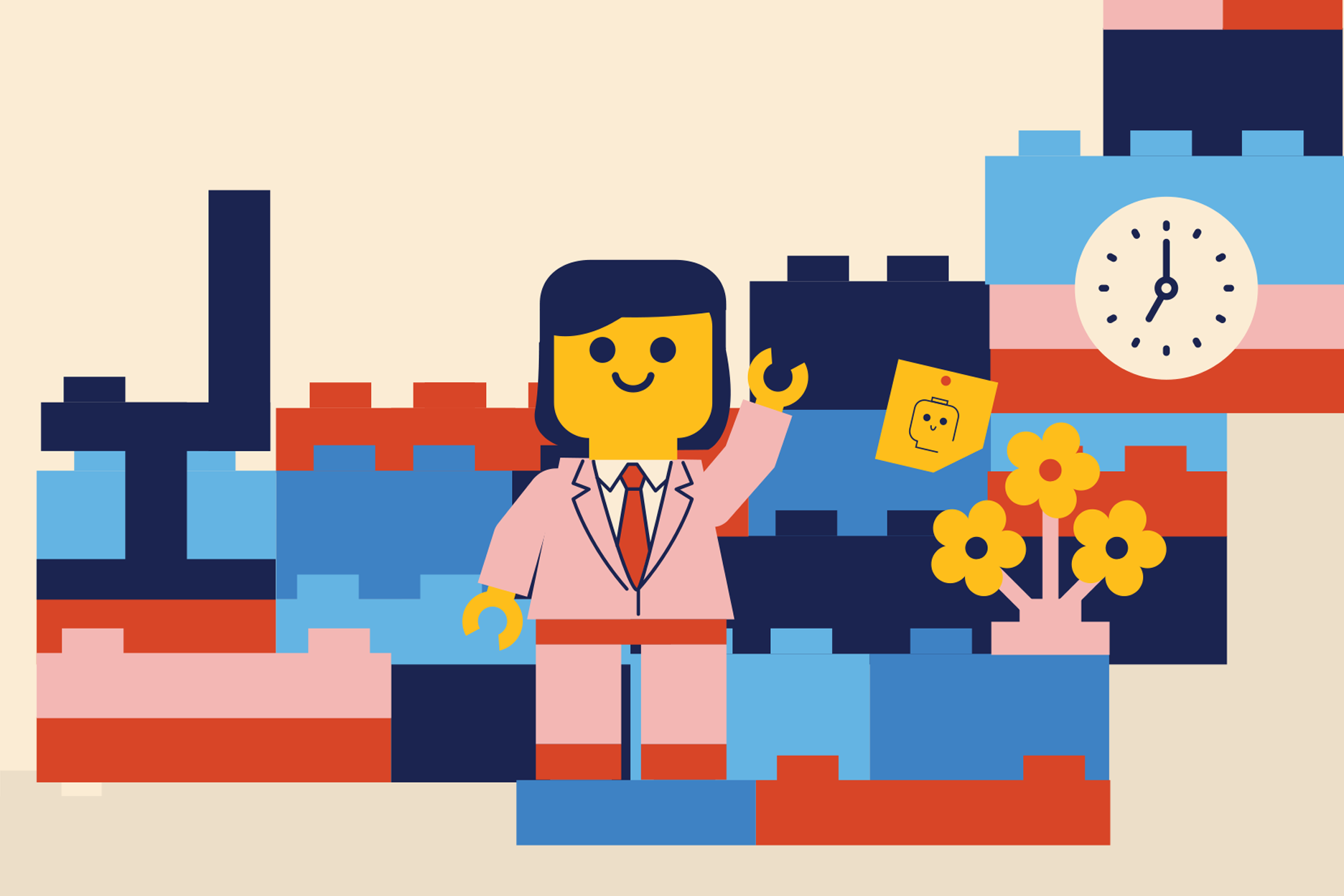

In October of 2023, FrankCrum published a Culture Code to its nearly 500 employees, the most comprehensive work undertaken by the company on the topic of culture to date. FrankCrum is rooted in a family culture, with a history that dates back more than 40 years when Frank Crum, Jr. and his late father Frank Crum, Sr. founded their first company in 1981, a staffing firm. Three more companies would be added to the Crum enterprise in the 35+ years to come, a PEO in 1986, an insurance carrier in 2003, and an insurance agency in 2008.
In the early years, these companies were small, and it was relatively easy to foster a family culture with a value system that reflected the Crum family’s personal values. But a decade or so into the 2000’s as the Crum family enterprise grew, and the number of employees increased exponentially, maintaining a strong culture became more challenging. How can employees understand and experience company culture when they are part of a large, distributed workforce? What can business leaders draw upon to foster and reinforce positive culture attributes? How can a company set the stage for ongoing change and culture improvements?
Formalizing our Culture Code helped us answer these questions.
WHY CULTURE STRATEGY IS IMPORTANT
People are at the heart of a service business like a PEO, and you too can foster a “win-win” scenario for both your employees and your customers by cultivating an engaged, inspired and connected workforce.
Culture will happen even if you do not work at it, but the result is a gamble. For FrankCrum, dramatic growth meant that its strong family culture could become diluted by sub-cultures and variations in management styles. Also, the increase in remote work sparked by COVID and employee preferences made it harder than ever to “experience” culture. It became more important to formalize a culture code so that everyone has useful references, and to set a “call to action” for each person to take responsibility for contributing to the culture in positive ways.
A positive culture gives your team a sense of belonging, purpose, and well-being. A strong culture could also cause a person to “opt-out” if they do not believe or want to belong. And while this may be hard to swallow, it makes it easier to achieve culture fit when your culture is well-defined and aligned with day-to-day experiences designed to serve your customers and your employees.
WHERE DO YOU START?
Start small and be authentic. Our culture work started over 10 years ago by developing two simple elements:
Our Values which we call Brand Pillars
- You must come by these honestly. For us it was easy because we have a family culture, and the Crum family has a strong set of values that permeated a “family” culture already. Our value system consists of Integrity, Affinity, and Prosperity.
Our Brand Promise
- We knew as a PEO we lift businesses up, and make them stronger, so this led to a simple brand promise statement, “We promise to help businesses be the best that they can be.”
Once you have foundational culture work completed, find ways to embed culture statements and reinforcements into your everyday culture. Here are ways we did this:
- Lanyards printed with our brand pillars.
- Word walls with phrases that align with our purpose.
- Video testimonials about culture showcasing people from every level of the organization.
- We instituted “Pillar” awards to recognize people who exhibit our cultural values in their work.
TUNE INTO YOUR EMPLOYEES ROUTINELY
You cannot assume that your employees experience the culture you aspire to create, so it’s important to collect feedback. For almost 15 years, we have participated in a 3rd party employee satisfaction survey as part of a Tampa Bay Times Top Places to Work program. The need for better communication was an early theme we heard from our employees, which we addressed in many ways including Town Hall meetings, newsletters, and timely intranet posts.
We also heard that employees want more flexibility to work from home. A family culture is extremely difficult to maintain when people do not come together in person, so this introduced a significant challenge for us. While we did extend much more flexibility to work from home, we still unapologetically communicate our preference for “in-office work whenever practical” in our culture code. It’s authentic to our family culture, and thus it must be acknowledged.
BUILD UPON CULTURE STATEMENTS OVER TIME
Beyond the foundational culture work, it is important to continuously consider how your culture is aligned (or not) with your business practices, by asking a few questions:
- How can your culture instill greater “purpose” in employees?
- What attributes in people do you want your culture to attract?
- What about fun, information transparency and pay philosophies?
- What do you want to discourage?
When you can answer these questions for your company, formalizing statements about each topic will paint a clear picture of company culture for employees and even prospective new hires. And while our full Culture Code at FrankCrum is very new, our hope is that it will be a resource to every team member to help us all sustain a positive culture, and course correct if culture experiences are out of alignment.
WALK THE TALK
Culture begins and ends at the top, meaning that leadership sets culture and then must do the important work of reinforcing or stopping behaviors and practices to support it. Talk about “upping the ante” on culture accountability! Once you’ve cracked the code to identify some of your culture attributes, you too can set a culture strategy for success. If you do it well, you will retain and attract a workforce that is highly engaged in your mission.
I’ll end by noting that at FrankCrum culture work is incredibly easy because we have a very kind and soulful owner. At the age of 74 Frank Crum, Jr. still walks the halls of his company, greeting employees and sharing a thought or two about football or current events. He recognizes people and milestone accomplishments in quarterly Town Hall meetings, and he draws on his faith and his experiences as a former preacher to deliver inspirational speeches every chance he gets, never shying away from his love of The Heavenly Father, but always with acknowledgement and respect for people with different belief systems. His themes include having a service disposition, humility, believing in oneself, and doing the right things for the right reasons – even when no one is looking. He is humble, he is wired to serve his clients and his people, and he knows his company cannot succeed without the contributions of each and every person.
-
SHARE
- Copy to clipboard



